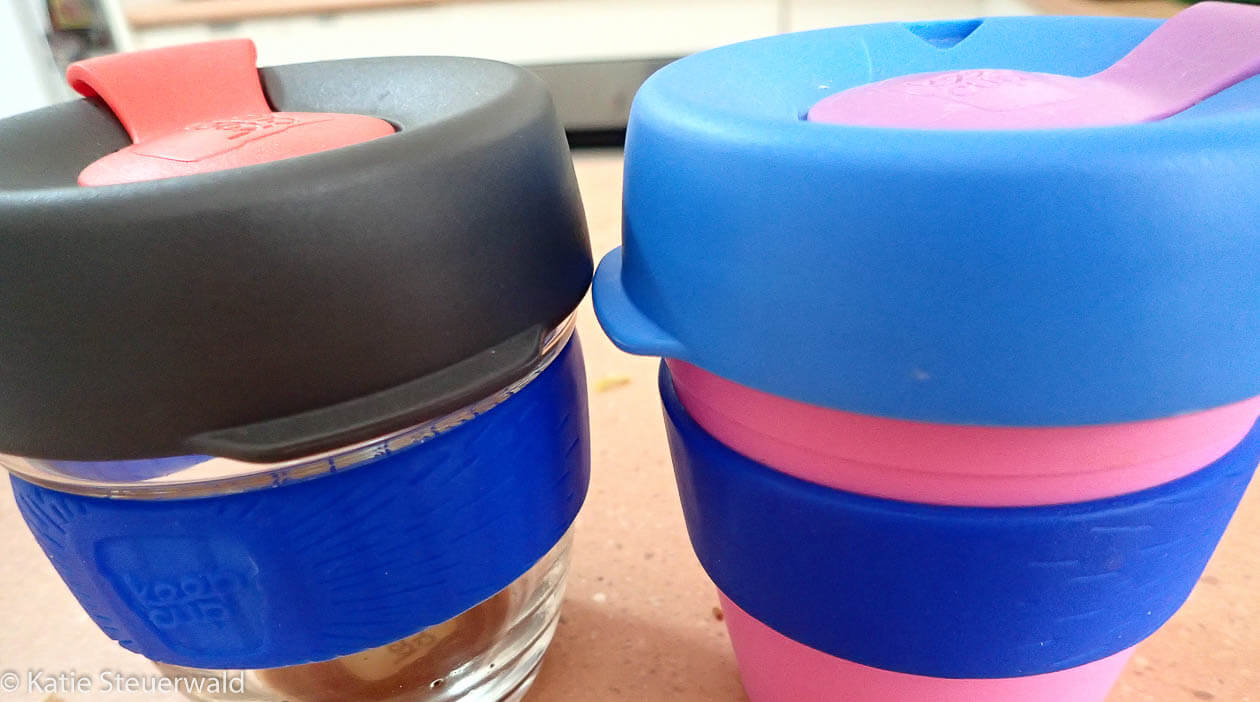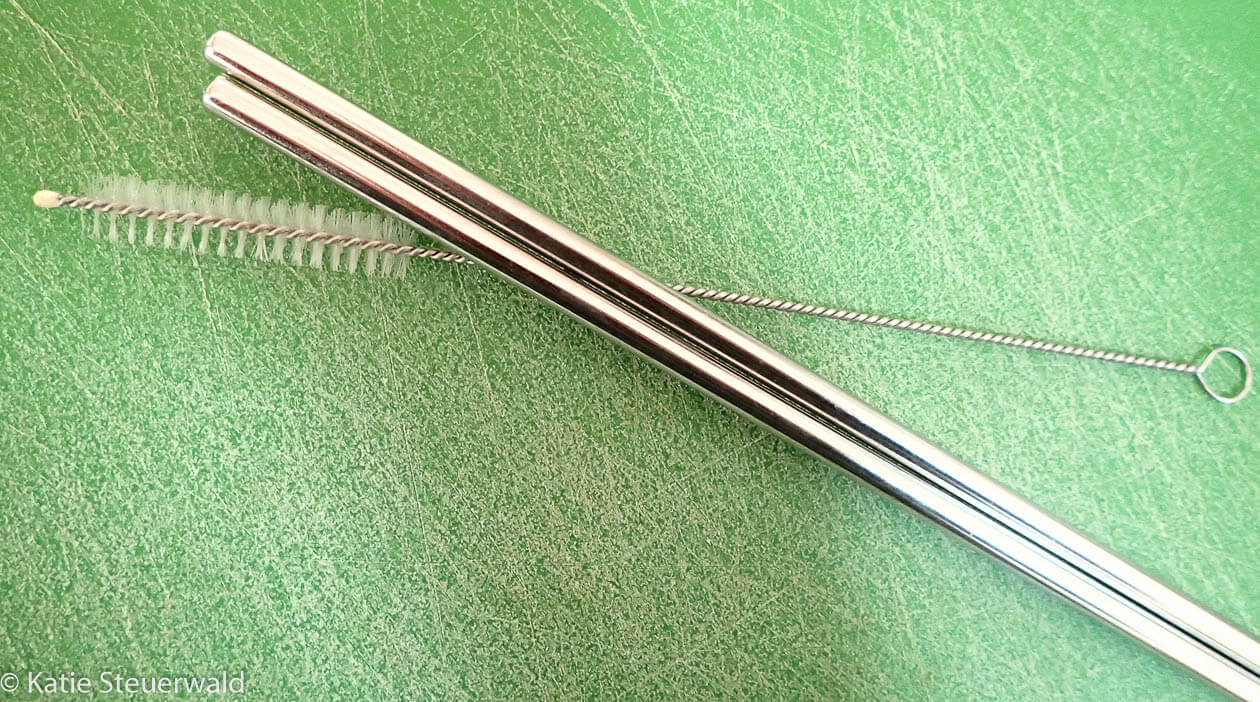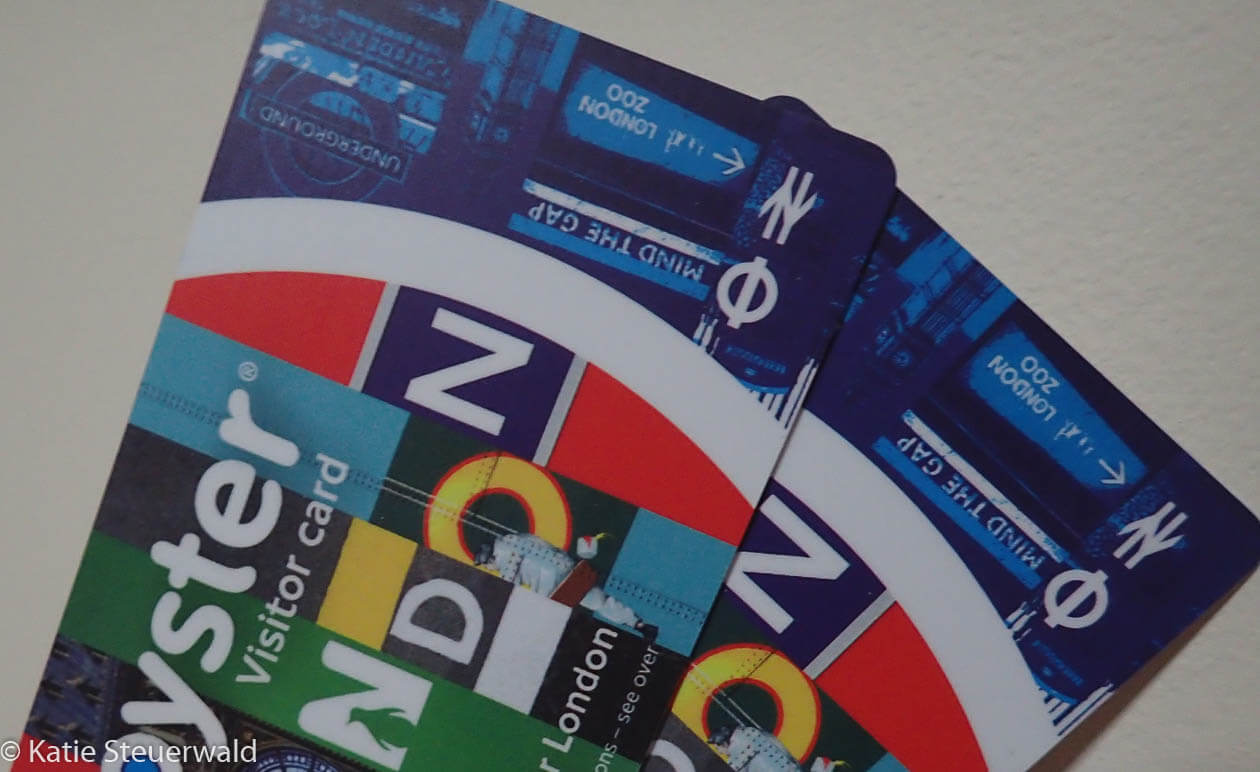We all know that travelling, especially by plane, is not the best for the environment. Unfortunately living in Australia, it is hard to avoid travelling by plane to get places within a reasonable time frame.
We all know that travelling, especially by plane, is not the best for the environment. Unfortunately living in Australia, it is hard to avoid travelling by plane to get places within a reasonable time frame.
Some airlines do offer you the option of offsetting your flights. Choice has a very good article about how useful the airline offsets are, spoiler alert- the effectiveness has to do with how they offset the carbon. The offset programs help the environment but not necessarily addressing the carbon that is added to the atmosphere. Some are better than others, but the reality is most people don’t offset their flights. Only about 1%.
Because, as a family, we are aware that our air travel is not good for the environment we try to be more conscious of smaller things that we can to do to reduce our impact once we are there. These are simple tips that don’t cost too much either in money or effort but can make a difference the more you can implement them. Once you start they become second nature.
Table of Contents
1. Always carry at least 1 shopping bag with you
This is something I do at home as well. It is so handy to have a shopping bag in my handbag in case I pick up odd things or have jumpers or drink or Ooshies to carry #mumlife
But when you are travelling it is even more important. Some countries don’t use plastic bags in their supermarkets or are phasing them out, but other places will throw plastic bags at you at a ridiculous rate- like markets in Asia.
If you buy souvenirs at only one stall this probably wouldn’t be as big a deal, but usually, if you are at a market you are not likely to only buy one thing and usually before you can say “no bag please” it is already wrapped up and at the end of the day you might end up with 5-10 extra single-use plastic bags.
The reason this is such a big issue for me is that I love the ocean and when I hear that turtles are mistaking plastic bags for Jellyfish and eating them and dying I really want to minimise the use as much as possible. According to Greenpeace.org.au, A turtle found dead in Hawaii had over a thousand pieces of plastic in its stomach and intestines. It has been estimated that over a million seabirds and one hundred thousand marine mammals and sea turtles are killed each year by either eating or getting tangled in six-pack plastic can holders and discarded netting, fishing lines and other bits of discarded plastic.
2. Keep cups (or other re-usable coffee cups)
At home, we occasionally get a takeaway coffee but when we are travelling we may have a coffee most days since usually where we are staying will only have instant and we like a good cup of coffee. If we are out with the girls and they want a hot chocolate that may potentially be 4 single-use coffee cups we end up with.
Despite looking like paper almost all coffee cups contain plastic and are not recyclable and those that are, need to be taken to specific places and can’t be recycled with general at home recycling. Coffee cups are estimated to be the second-largest contributor to litter waste after plastic bottles.
It is estimated Australians use 1 billion disposable coffee cups each year.

The best way to minimise the use of disposable cups is to whenever possible drink your coffee in-store in a ceramic cup. Otherwise, you can bring your own reusable coffee cup.
We bought our reusable cups from keep cups and later acquired a couple more glass ones. We always pack them when we go away and if we know we will be going out for coffee. The other advantage is if you buy your child the super deluxe hot chocolate and then only have 2 sips. You can take the rest away with you to finish when 5 minutes later they are guaranteed to be desperate to drink it.
3. Stainless Steel Straws
Straws are another big issue. Straws are found on nearly every beach in the world. The best way to help this problem is to refuse a straw. The other alternative is to use metal or glass straws. We got our stainless-steel straws when we got our keep cups and although we don’t use them much at home we do take them out when we are travelling.
Often, we will try to have no straws at all, but particularly with kids having this option means that there are no complaints. They are very durable and easy to clean- you can even get a brush for this. I think there are cases as well that you can store them in to stop them getting lost in your bag.

4. Pick up Rubbish
This is an obvious one. Some places you go are covered in rubbish and if you are taking anything in with packaging or that will create rubbish then you should take responsibility for cleaning it up too.
The second part of this is that if it is safe, you should pick up another couple of pieces of rubbish around you. I was raised in the 80’s when we used to do the emu bobs at the school. For those of you who are not from Australia, this is where the whole school would line up at one end of the playground and walk to the other end picking up rubbish as they went.
I am not perfect and have walked past rubbish instead of picking it up, but if we aren’t going to pick it up, who will. And particularly if it is close to the bin you are putting your rubbish in any way you might as well.
Some countries are trying to do something about the rubbish issues such as Bhutan who in 2015, according to a Reuters article was planning to use its plastic waste to pave the roads.
Bhutan legislates to make reducing waste and disposing of it responsibly an expectation of all. “every citizen’s duty to preserve, protect and respect the environment, culture and heritage of the nation as enshrined in the Constitution;” is an excerpt from the waste prevention and management act from the government of Bhutan.
It would be nice if some other governments around the world could be more proactive when it comes to environmental issues.
5. Use Public Transport whenever possible.
Most cities around the world have far better, cheaper and more efficient public transport than Sydney so it makes sense that whenever possible to use it.
We have already got our oyster cards for London and were pleased to find out that children under 11 travel free on the underground when travelling with an adult.

We have also booked a train to get us from London to Birmingham savings us a few days of car hire. In the UK there are also discount tickets available for some attractions if you catch the train to get there. We are going to catch the train from Birmingham to Bournville to get a discount at Cadbury World. This website lists all the other options in the UK. Looking at the rail or tourist websites for the countries you are visiting will probably give you similar information.
Other examples of great transport systems are the Subway in NYC and the MRT in Singapore.
For smaller cities or shorter trips, the best option is to walk. It is so much more interesting to walk around a new city to work out how the neighbourhoods are set up and get a feeling of what life is really like, rather than get a taxi and just experience traffic from the inside of another car.
Have you got any tips you use when travelling to reduce your footprint? Maybe, we will be able to extend this list to the top 10 ideas.
Until next time
Happy travels


Fantastic post! You’ve included plenty of ideas we can incorporate both at home and abroad. I like that all these options are travel-friendly and easy – something to keep in mind for my next trip.
Thanks Jackie. Is there anything you can think of that i missed?
Love these travel tips!!!!
Thanks for reading Tracey. I am glad you are finding the post helpful.